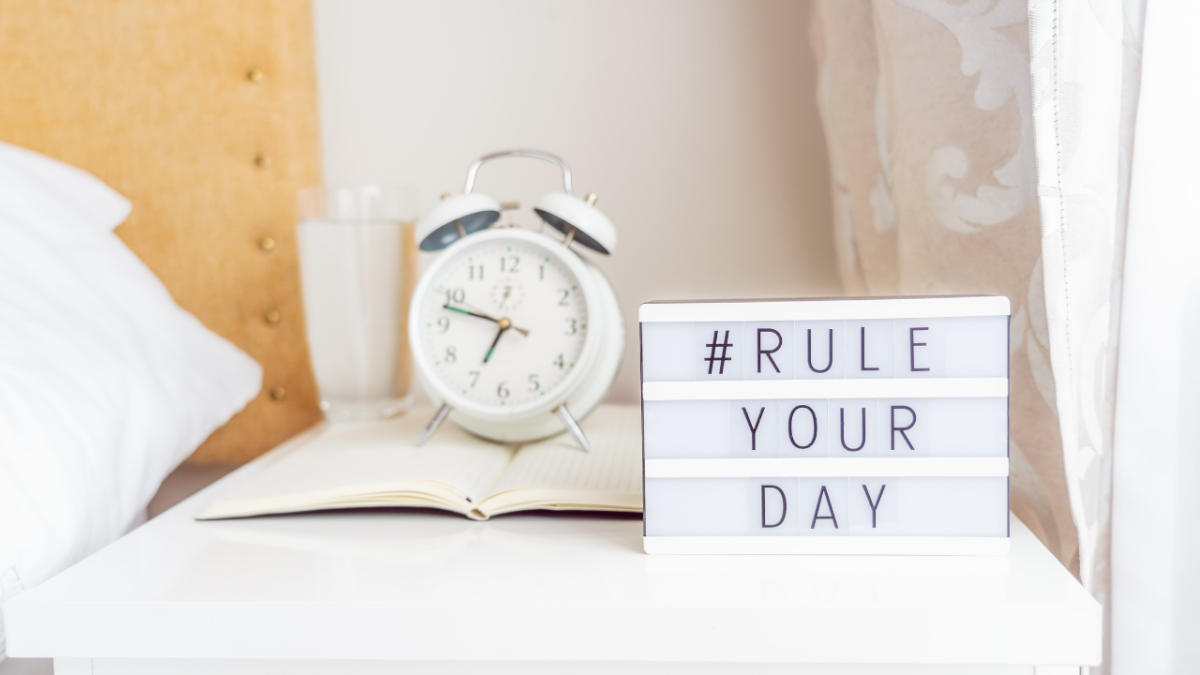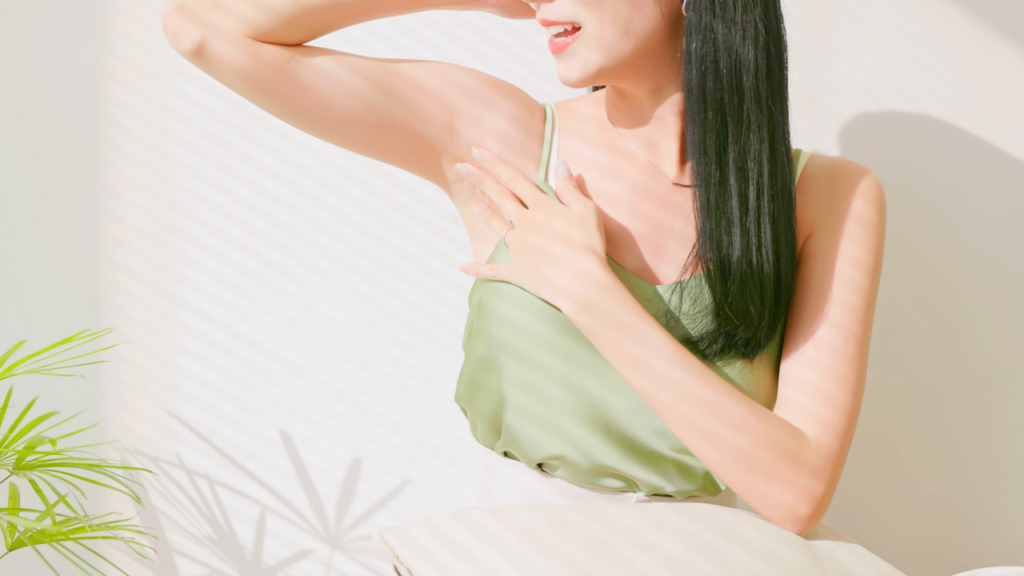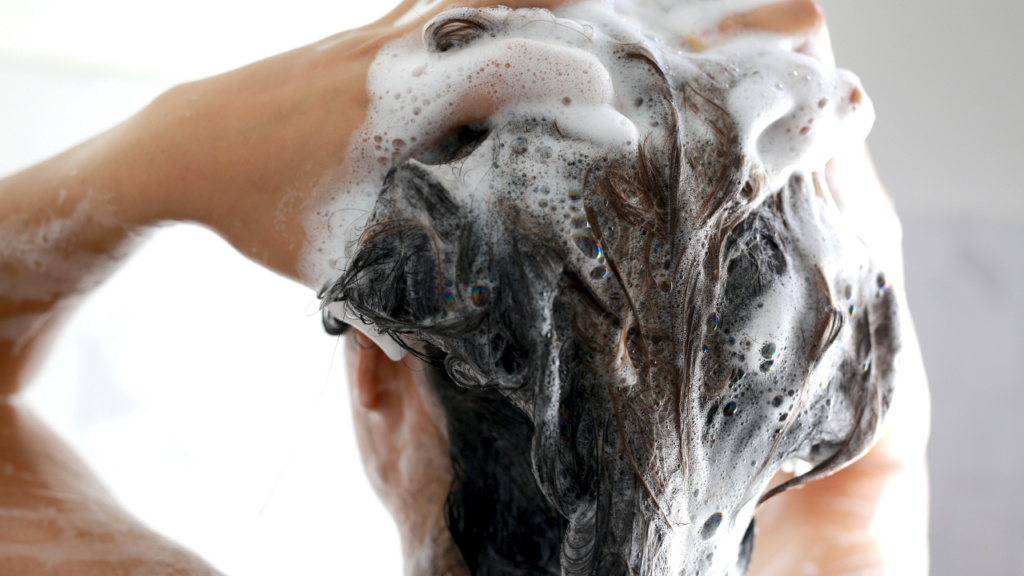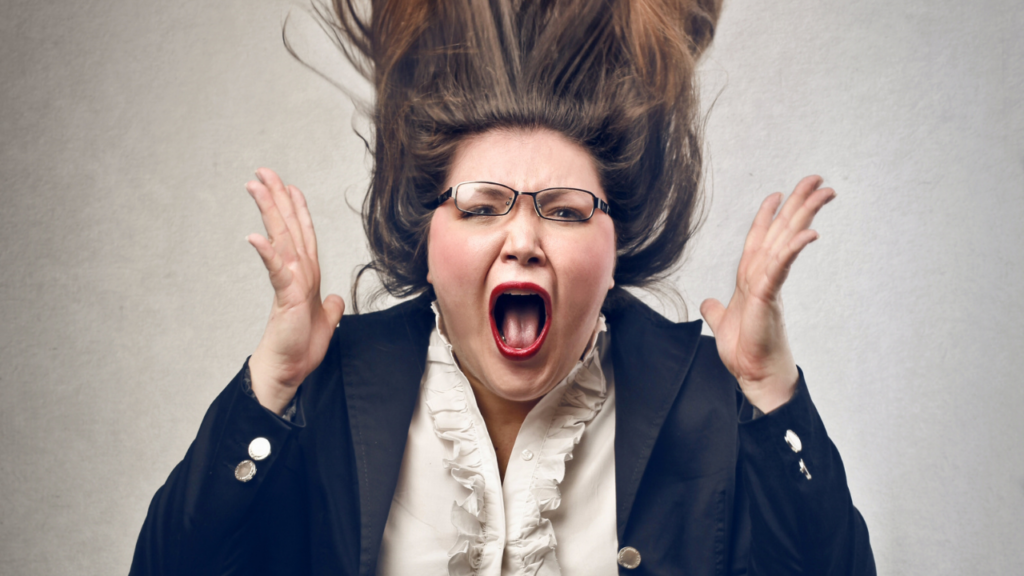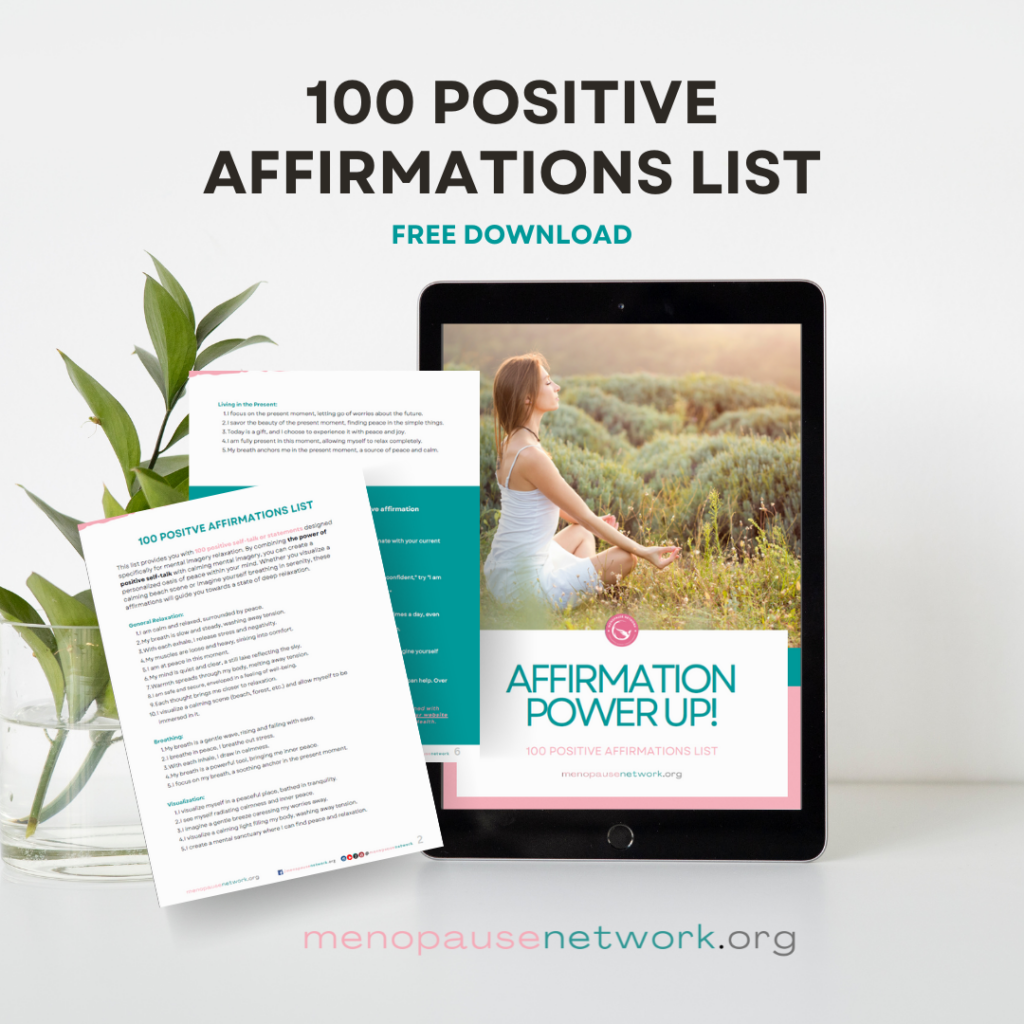5 Expert-Backed Tricks to Battle Memory Loss During Menopause
Menopause brings a host of changes, and memory lapses can be one of the most frustrating. These brain blips, often referred to as “menopause brain,” can make it harder to recall names, dates, or even why you walked into a room. Thankfully, there are ways to combat this. Here are five expert-backed tricks to help you keep your memory sharp during menopause.
1. Mind Your Diet
Why It Matters:
Your brain requires specific nutrients to function at its best. During menopause, hormonal changes can increase oxidative stress and inflammation, which may contribute to cognitive decline, including memory loss.
What to Do:
Incorporate foods that are rich in omega-3 fatty acids, such as salmon, flaxseeds, and walnuts, as these help build and repair brain cells. Antioxidants found in berries, dark chocolate, and green leafy vegetables help combat oxidative stress, protecting brain cells from damage. Vitamin B12 is crucial for maintaining healthy nerve cells, and its deficiency has been linked to memory loss and other cognitive issues. Foods like eggs, dairy, and fortified cereals can help you get enough B12.
Bonus Tip:
Consider adding turmeric to your diet. Curcumin, the active ingredient in turmeric, has powerful anti-inflammatory and antioxidant properties and may help improve cognitive function.
2. Stay Physically Active
Why It Matters:
Exercise doesn’t just benefit your heart and muscles—it’s also a powerful tool for brain health. Physical activity boosts the production of brain-derived neurotrophic factor (BDNF), a protein that supports the growth and survival of neurons, which are essential for learning and memory.
What to Do:
Aim for at least 150 minutes of moderate aerobic exercise each week, such as brisk walking, swimming, or cycling. Activities that combine physical movement with mental engagement, like dancing or playing tennis, are especially beneficial. Strength training, like lifting weights or using resistance bands, also contributes to brain health by improving blood flow and reducing stress hormones that can impair memory.
Bonus Tip:
Even if you can’t fit in a full workout, short bursts of activity, like taking the stairs instead of the elevator or doing some stretching during TV commercials, can still benefit your brain.
3. Challenge Your Brain
Why It Matters:
The brain thrives on challenges, and engaging it in new and complex activities can help build cognitive reserve—the brain’s ability to improvise and find alternate ways of doing things. This reserve can help protect against memory loss as you age.
What to Do:
Incorporate activities into your daily routine that push you out of your mental comfort zone. This could include learning a new skill, such as playing a musical instrument or picking up a new hobby. Crossword puzzles, Sudoku, and strategy games like chess are also excellent for keeping your mind sharp. Even seemingly simple tasks, like reading a book that challenges your thinking or taking up a new language, can make a significant difference.
Bonus Tip:
Social interaction is another great way to keep your brain active. Engaging in conversations, debating ideas, or playing games with friends or family can provide mental stimulation that’s both fun and beneficial.
4. Prioritize Sleep
Why It Matters:
During sleep, the brain processes and consolidates memories, so getting enough quality sleep is crucial for memory retention. Unfortunately, menopause can bring sleep disturbances, including night sweats and insomnia, which can impair memory.
What to Do:
Create a sleep-friendly environment by keeping your bedroom cool, dark, and quiet. Establish a relaxing bedtime routine, like reading or taking a warm bath, to signal to your body that it’s time to wind down. Avoid caffeine and alcohol in the hours leading up to bedtime, as these can interfere with sleep quality. Additionally, try to go to bed and wake up at the same time every day, even on weekends, to regulate your body’s internal clock.
Bonus Tip:
If hot flashes are disrupting your sleep, consider wearing moisture-wicking pajamas or using a cooling pillow. Some women also find relief through hormone therapy or natural supplements, but be sure to discuss these options with your healthcare provider.
5. Manage Stress
Why It Matters:
Chronic stress floods the brain with cortisol, a hormone that can disrupt memory and learning processes. Over time, high levels of cortisol can shrink the hippocampus, the part of the brain responsible for forming new memories.
What to Do:
Incorporate stress-reduction techniques into your daily routine. Mindfulness meditation, where you focus on being present in the moment, has been shown to reduce cortisol levels and improve memory. Yoga combines physical movement with deep breathing and meditation, offering a triple benefit for reducing stress, improving flexibility, and boosting brain health. Deep breathing exercises, such as diaphragmatic breathing, can also help calm your nervous system and lower stress levels.
Bonus Tip:
Journaling can be a powerful stress-relief tool. Writing about your thoughts and feelings can help you process emotions and gain perspective, reducing the mental clutter that can interfere with memory.
These strategies offer a holistic approach to supporting memory and brain health during menopause. By incorporating these expert-backed tips into your lifestyle, you can improve your cognitive function and enjoy a clearer, sharper mind, even as your body goes through this significant life transition.




